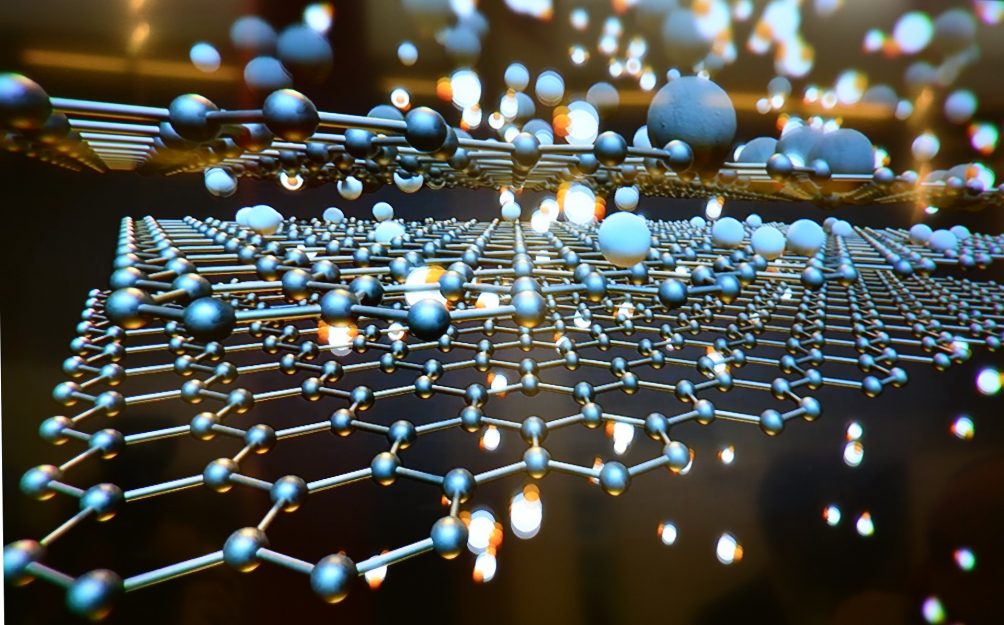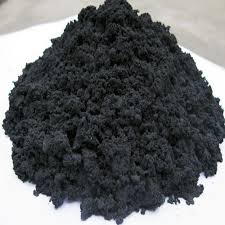Better structural characteristics, ballistic and blast protection integrated nano- armor graphene ( Graphene nano particles ) based on nano-microelectronics PhD (doctorate in educational management _)
Researcher and author: Dr. ( Afshin Rashid)
Note: In general, by changing the size of nanoparticles in the range of 1 to 100 nm, the ratio of surface to volume and the distance of energy levels change. These two variables cause many changes in properties and characteristics. In other words, by controlling the size of nanoparticles, their properties can be controlled, which is very important.
Graphene is a material with incredible properties. Graphene is the hardest material tested with 100 times the strength of steel. It is also ideal as a semiconductor because it conducts 100 times faster than siliconSo the potential uses of graphene - which is made from pure carbon - are enormous. An aggregate of building blocks (atoms or molecules) between 1 and 100 nanometers in size is called a nanoparticle. In terms of the number of atoms, particles that have between 10 and 10 6 atoms are usually called nanoparticles. Particles between 1 and 10 atoms are usually molecules. Of course, in some cases, especially in the case of biological molecules, there are molecules that have up to 25 atoms. The very highmovementof electrons in graphene promises a threshold frequency as well as greater mobility in the circuit. The main advantage of ballistic nano-graphene devices in the power processing criterion is their very small and desirable delay , which is calculated to be below 10fJ.
Nano-graphene has outstanding properties, very high electron mobility and unparalleled nanoscale conductivity. It is so conductive that the ballistic protection and integrated explosion of graphene nanoparticles in the relevant devices have multiple structural properties. Nano- graphene "super material" called a long list of traits miraculous graphene makes it almost magically appear, the easiest way to describe Graphene is a thin layer of graphite - the soft and flaky been Which is used in pencil lead. Graphite is an allotrope of the element carbon, meaning that it has the same atoms but they are arranged differently and give the material different properties.
Researcher and author: Dr. ( Afshin Rashid)
PhD in Nano-Microelectronics




